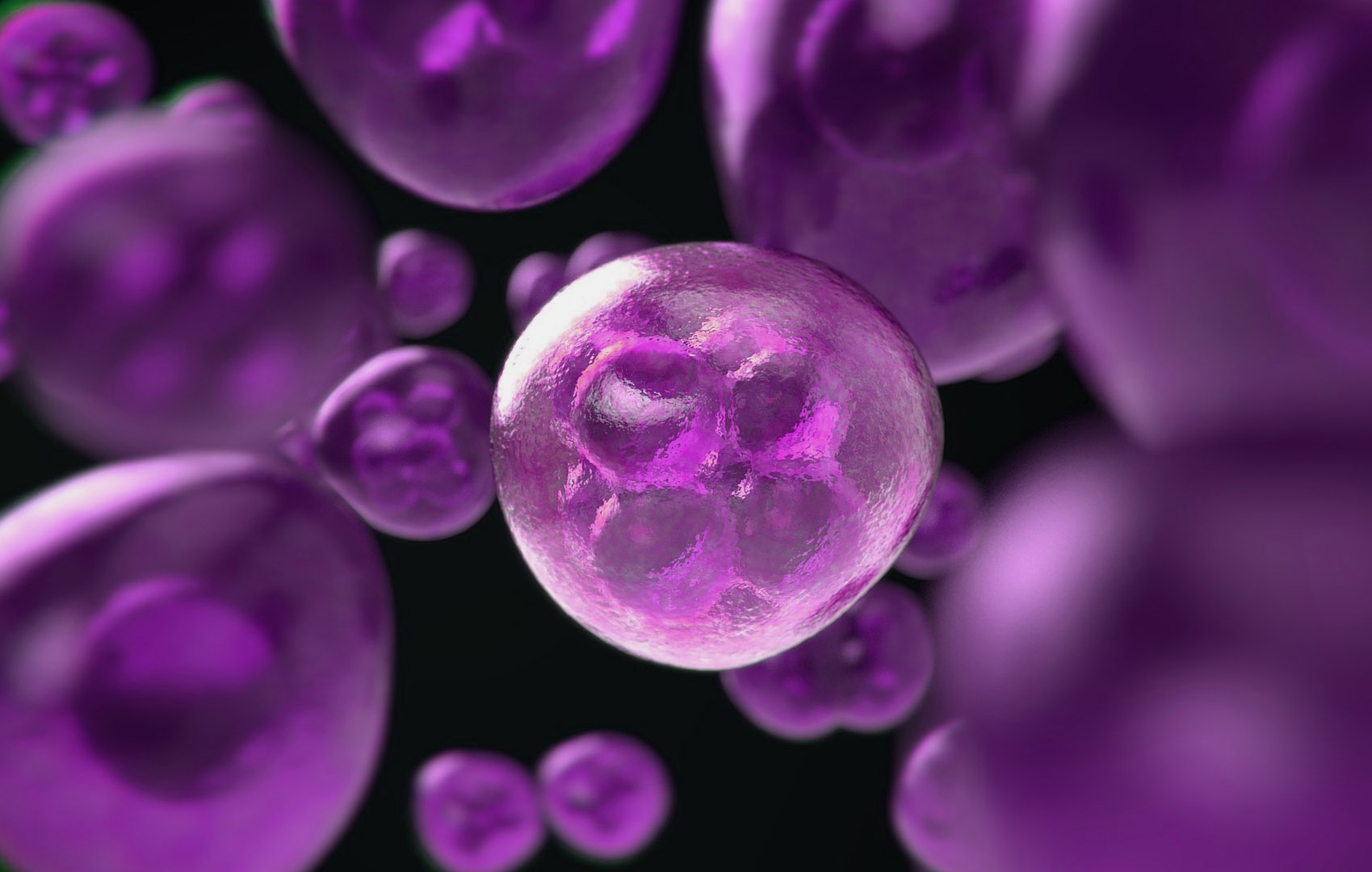What is pancreatic cancer?

What is the pancreas?
The pancreas is a gland that sits deep within the abdomen between the stomach and spine. It is about 15cm long and is shaped a little like a leaf. It has two main functions - to produce enzymes for digestion and hormones that control blood-sugar levels. The pancreas is described as having three parts, the head, body and tail.
What is cancer?
Organs such as the pancreas are made up of basic building blocks called cells. New cells are constantly being made throughout our bodies to help us grow, replace damaged tissue or heal injuries. Normally cells grow, multiply and die in an organised way. However, sometimes things go wrong. New cells form when the body does not need them, or old cells do not die, causing abnormalities in the blood, lymphatic system, or tissue. A growth of abnormal tissue cells is called a tumour. Tumours that grow from pancreas cells are called pancreatic tumours.
Some tumours are benign meaning that although they are abnormal, they do not spread to other parts of the body. When the tumour grows out of control and spreads to other parts of the body it is called a malignant tumour or cancer. When cancers spread to other parts of the body they are called ‘secondary’, ‘invasive’ cancer or ‘metastasis’. Cancer cells travel through the blood or lymph systems and are named after the place where the cancer originated. For example, pancreatic cancer that spreads to the liver is called pancreatic cancer with liver metastasis. When pancreatic cancer spreads it often does so to the liver, abdominal wall, lungs, bones and/or lymph nodes.
What is pancreatic cancer?
Pancreatic cancer begins when cells in the pancreas become abnormal and grow out of control to form a tumour. Around 70% of pancreatic cancers are found in the head of the pancreas.
Pancreatic cancers are defined as “less common cancers”. In 2023, it is estimated 4,506 people will be diagnosed with pancreatic cancer.
*This video was made possible by support from the James N. Kirby Foundation.
Types of pancreatic cancer
The two main types of pancreatic cancer are either exocrine or neuroendocrine tumours, based on the cells they start in. Exocrine cells produce enzymes to aid in food digestion and neuroendocrine cells produce hormones such as insulin and glucagon which help regulate blood sugar levels.
More than 95% of pancreatic tumours are exocrine tumours. The most common type of pancreatic cancer is adenocarcinoma, which begins in the lining of the pancreatic duct. About 9 out of 10 people diagnosed with pancreatic cancer have a pancreatic ductal adenocarcinoma or ‘PDAC’.
Around 5% are pancreatic neuroendocrine tumours (PNETs, NETs or islet cell tumours) and are often slower growing than exocrine tumours. It is important to know the type of tumour as each type acts differently and are managed differently, responding to different treatments.
Sources
Australian Institute of Health and Welfare 2019. Cancer in Australia 2019. Cancer series no.119. Cat. no. CAN 123. Canberra: AIHW.
Cancer Council, Understanding Pancreatic Cancer booklet, accessed January 2020.
PanCan, accessed January 2020.
Australian Institute of Health and Welfare (AIHW) 2023, Cancer data in Australia, web report update 31 August 2023, viewed 4 September 2023, https://www.aihw.gov.au/reports/cancer/cancer-data-in-australia
Always consult your doctor or health professional about any health-related matters. PanKind does not provide medical or personal advice and is intended for general informational purposes only. Read our full Terms of Use.
Thank you to the clinicians, researchers, patients, and carers who have helped us create and review our website information and support resources, we could not have done it without you.








